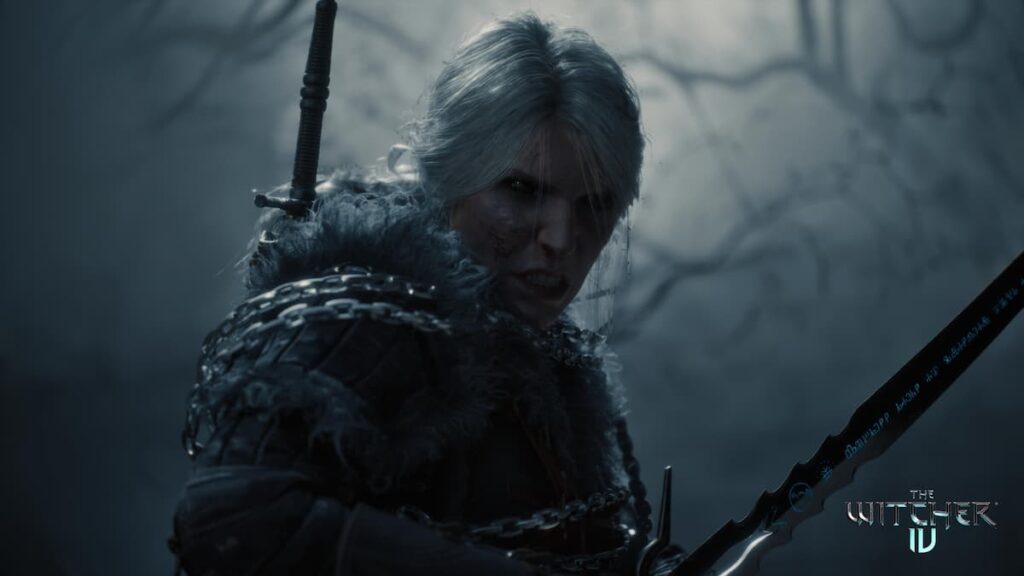Here’s some sobering news for you. The announcement of The Elder Scrolls VI has reached a bittersweet milestone for 2025: it’s now been almost as long since its reveal in 2018 as it was between the release of Skyrim in 2011 and that initial teaser. At E3 2018, Bethesda offered us a fleeting glimpse—a vast, picturesque landscape accompanied by the series’ iconic soundtrack. It was enough to ignite a wildfire of excitement. But six years later, fans are still in the dark, left only with that teaser and the weight of unanswered questions. The cycle of hope and disappointment has become all too familiar.
The long wait mirrors the anticipation before Skyrim. Back in 2011, Bethesda’s RPG formula reigned supreme, with Skyrim itself feeling revolutionary for its time. Yet even by 2018, cracks in that formula were becoming evident. Playing Skyrim years later, the clunky mechanics and technical hiccups stood out, though the magic of the experience endured. But as other studios evolved, Bethesda’s blueprint began to show its age. Games like The Witcher 3: Wild Hunt had raised the bar with deeper narratives and more dynamic worlds, leaving Bethesda in need of reinvention.
Fast forward to 2025, and The Witcher 3’s influence hasn’t waned. CD Projekt Red is already gearing up for The Witcher 4, potentially launching as early as 2026. That looming release casts a long shadow over The Elder Scrolls VI. The RPG landscape has shifted: it’s no longer just about size and freedom but about weaving innovation, immersion, and emotional storytelling into sprawling open worlds. Bethesda’s next Elder Scrolls entry will need to deliver more than nostalgia to stand out against what’s shaping up to be a new wave of groundbreaking RPGs.

Starfield, Bethesda’s most recent release, has filled the gap somewhat, but it didn’t quite achieve the cultural impact of its predecessors. For The Elder Scrolls VI to follow meaningfully, Bethesda must confront long-standing criticisms. The studio’s traditional approach—big worlds full of quests and modding potential—needs a major overhaul. Its dated engine, shallow NPC interactions, and predictable quest structures must evolve. Its once-beloved formula risks becoming irrelevant without significant innovation.
It’s not just about keeping pace; The Elder Scrolls VI needs to leap ahead. Look at what The Witcher 3 achieved: merging main quests and side stories into one cohesive tapestry, and setting new benchmarks for world-building. Then consider Cyberpunk 2077’s bold risks in design and storytelling. Bethesda has to bring that same audacity to redefine what its games can be, embracing dynamic systems that empower player choice and create worlds that live and breathe independently of the player.
Bethesda’s strength has always been its immersive, handcrafted worlds. But to truly shine in today’s competitive RPG market, The Elder Scrolls VI needs to transcend its legacy. It’s time for Bethesda to prove that they can still be industry trailblazers. For fans, the wait has been long and fraught with uncertainty, but the potential for greatness remains. The Elder Scrolls is really a cornerstone of gaming, but whether it can maintain that status depends entirely on how far Bethesda is willing to push the boundaries of its craft. Here’s hoping that when it finally arrives, it’ll be worth every moment of the wait.







